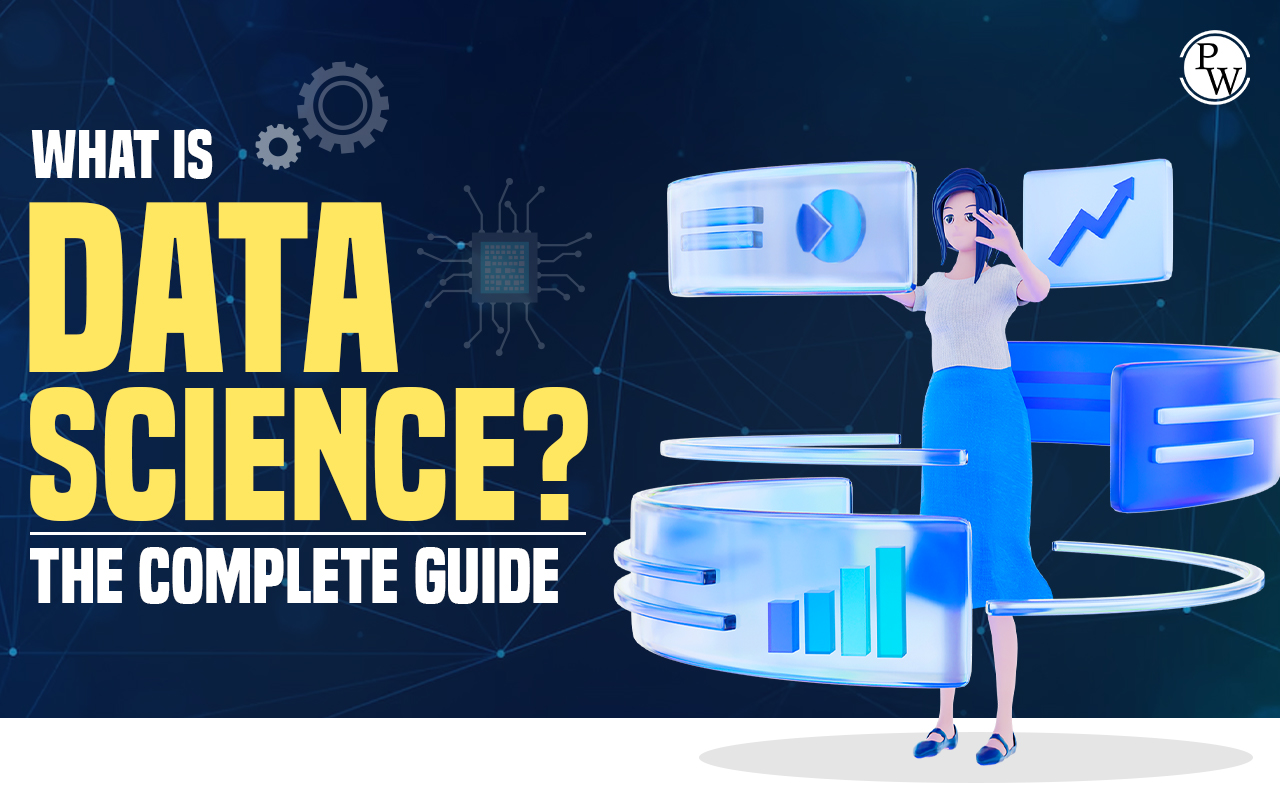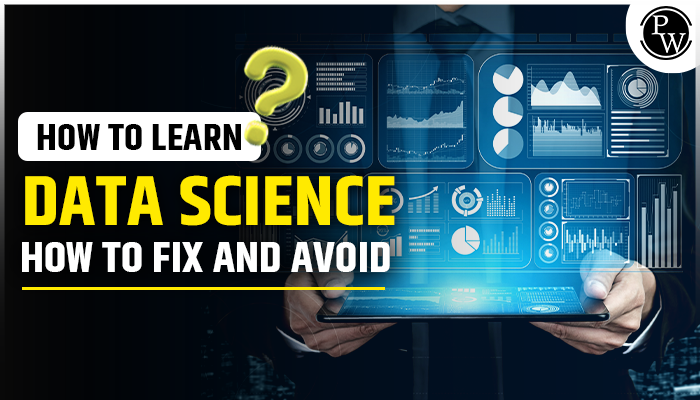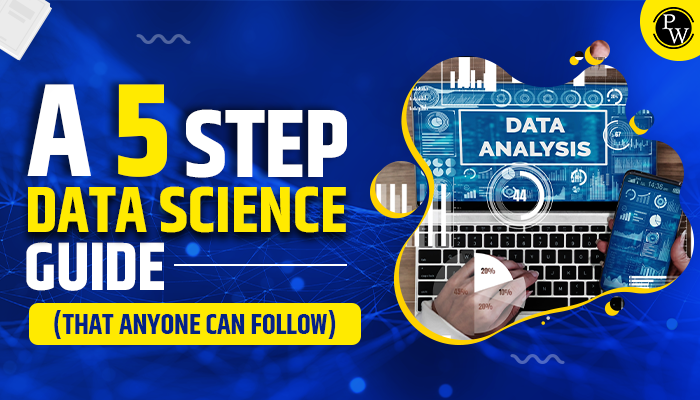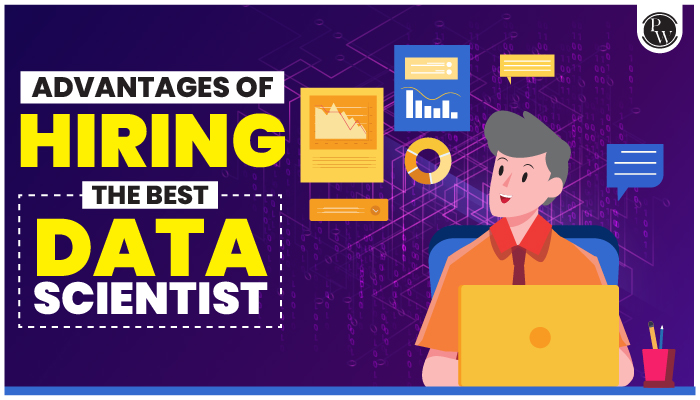Data Science is an analytical study of data. This is a multidisciplinary approach combining principles and practices from fields such as mathematics, statistics, artificial intelligence, or computer engineering to analyze massive amounts of data. The analysis allows data scientists to ask questions such as what’s been going on, why it was happening, how it will take place, and what can be done with the results.
Data science is an empirical study of data, with the aim of giving us useful insight into our business. This multidisciplinary approach combines theory with practice from disciplines such as mathematics, statistics, artificial intelligence, and computer engineering to analyze large amounts of data. The analysis will allow data scientists to ask questions about what’s going on, why this is happening, how it all works out, and what can be done with the results.

Why do we need Data Scientists?
Large companies need data scientists because a great deal of information is available to them, and they are experts in extracting priceless insights and meanings from it. In today’s world, organizations collect data from various sources, such as Internet systems, payment portals, e-commerce, medicines, finance, etc. You can use a variety of formats, such as text, audio, video, and pictures, for this data.
Data scientists use their expertise, instruments, and technology to analyze the data to discover patterns, trends, or relationships which can impact business decisions. They use statistics, machine learning algorithms, and computer graphics to process and interpret data. Big businesses can make a number of benefits through the use of data scientists. By analyzing this data, they can identify potential business opportunities and areas for improvement. They will then be able to find out about customers’ preferences and behavior so they can develop a more focused marketing campaign, for example. They can also optimize their operations by identifying bottlenecks or inefficiencies in their processes.
Recommended Technical Course
- MERN Full Stack Development Course
- Generative AI Course
- System Design Workshop
- Java+DSA 1.0 Course
- Full Stack Web Dev 1.0 Course
- Data Science with ML 1.0 Course
Advantages of Data Science
Discover unseen transformative patterns: Data science enables businesses to discover new patterns and relationships which can have a transformational effect. Organizations can find the most efficient change in resource management, which maximizes profit margins through data analysis. By means of data science, e-commerce companies can determine that resolving customers’ queries promptly, even after hours, leads to increased sales.
Innovate new products and solutions: Data science has valuable insight into consumer purchasing decisions, feedback, or business processes that can be used to drive innovation. Businesses can develop effective solutions through the detection of gaps and challenges which might not have been noticed. For example, customer dissatisfaction with password retrieval in the peak purchasing period could be detected by an internet payment solution based on data science.
Real-time optimization: It can be difficult to adapt to changing conditions in real-time companies, particularly large enterprises. Using data science to predict and respond optimally to changing situations benefits companies. An example is that a truck-based shipping company can benefit from data science to minimize the consequences of truck breakdowns. They could optimize their haulage schedules by analyzing routes and shift patterns, which result in more rapid breakdowns.

What is the Data Science process?
The Data Science process usually starts with a business problem. The Data Scientist will consult the business stakeholders about what needs to be done. A data scientist may use the DSEMI Data Science process to resolve this problem once it has been defined:
D- Data acquisition: The collection of necessary data is the beginning of a data science process. This may include but is not limited to using existing data, collecting new data, or downloading data from the Internet. Data scientists can retrieve information from various sources, including Internal Databases, CRM applications, Web server logs, Social Media, and other trustworthy third parties.
S- Scrubbing data: It is necessary to clean and standardize the data after they have been obtained. It involves solving missing data, rectifying errors, and deleting outliers in the form of a step called Data Reconciling or Data Cleaning. Standardization of date format, correcting spelling mistakes, and removing commas from a large number are examples of data cleansing.
E- Explore data: To understand the data’s characteristics better, data exploration is the first analysis of the data. Data scientists apply Descriptive Statistics and Visualization tools to assess the data and identify patterns that may be explored or taken up by others.
M- Model data: Software and machine learning algorithms shall be used to understand the situation better, anticipate its results or provide recommendations on how best to proceed. The training data set uses machine learning techniques such as association, classification, and clustering. It can be tested in parallel with other test data to assess the model’s accuracy. A data model may need to be adjusted multiple times to improve the quality of results.
I- Interpretation of results: Data scientists work with analysts and stakeholders in the business to conclude this data. To illustrate trends and projections, they draw up graphic representations such as diagrams, graphs, or charts. The simplification of data helps stakeholders to interpret and apply the results effectively.
Data science techniques
Data scientists use various techniques to analyze and make sense of the data. A simplified explanation of common data science techniques can be found below:
Classifications: Data classification is to be classified according to groups or categories. The computer is trained to identify patterns in the data and to classify new data on the basis of those patterns. Data scientists can use classification, for instance, to classify products in terms of their popularity or not popular, determine the insurance applications as high or low risk, and consider comments on social media neutral.
Regression: Regression is used to detect relationships among potentially unrelated data points. It consists of creating a mathematical calculation or model that shows the correlation with data points. In cases where the value of another property has been revealed, regression may be applied to predict one data point. For example, to estimate the spread of airborne disease on the basis of several factors, regression could be used to determine whether customer satisfaction is influenced by number of employees.
Cluster: In order to determine trends and anomalies, clusters involve grouping similar data together. Clustering, unlike classification, does not rely on fixed categories and instead clusters data based on the likelihood of relationships. This will help to identify new patterns and relationships in the data. For example, data scientists can cluster customers with similar purchase behavior to improve customer service, cluster network traffic to identify usage patterns, and detect network attacks.
Training machines to classify data on the basis of known patterns and use their knowledge to classify new data without prejudice to a probability factor and possible error in results is one of the fundamental principles underpinning these data science techniques. Using these techniques, data scientists can gain important insights, make forecasts, discover trends, and solve complex problems in the field of data analysis.
Data Science Technology and Methods
Data science researchers use different methodologies to analyze and draw conclusions from data. A simplified explanation of common data science technologies can be found below:
Artificial intelligence: Artificial intelligence involves using machine learning models and related software to analyze data and make predictions or recommendations. Data scientists use AI algorithms for various tasks, such as image recognition, natural language processing, and pattern recognition.
Cloud computing: Cloud technologies provide data scientists with the flexibility and processing power needed for advanced data analytics. Cloud platforms offer scalable storage and computing resources, allowing data scientists to efficiently process and analyze large volumes of data without needing extensive on-premises infrastructure.
Internet of Things (IoT): The Internet of Things refers to a network of devices that can connect to the Internet and collect data. Sensors, wearables, and a number of other intelligent devices are included in this category. Data scientists can analyze and extract data using the Internet of Things, enabling them to gain insight that they can use for decision-making.
Quantum computers: A sophisticated computing system employing quantum mechanics principles that can do calculations significantly faster than an ordinary computer. Using quantum computing, experienced data scientists create sophisticated quantitative algorithms that can tackle big and complicated problems of computation as well as improve their ability to analyze large amounts of data.
These tools allow data scientists to perform and analyze large volumes of data, derive valuable information from it, and develop advanced models for anticipating and foreseeing events. As a result, practitioners are able to tackle complex problems and discover valuable information that can drive innovations and decision-making in various fields by using these data science technologies.
Frequently asked questions
Q1. What are the challenges faced by a data scientist?
Ans. The challenges faced by a data scientist while dealing with large amounts of data are as follows:
- Multiple data sources
- Understanding the business problems
- Elimination of bias
Q2. How can I become a data scientist?
Ans. Becoming a data scientist usually takes the following three steps:
- You can earn a bachelor’s degree in the areas of information technology, computer science, mathematics, physics, or other relevant fields.
- A master’s degree in the area of data science or a relevant field is required.
- Develop your skills in an area of interest.
Q3. What are the job opportunities in the field of data science?
Ans. Given below are some of the famous career options in the field of data science:
- Data analyst
- Business intelligence analyst
- Data science engineer
- Data Architect
- Application architect
- Data visualization specialist





